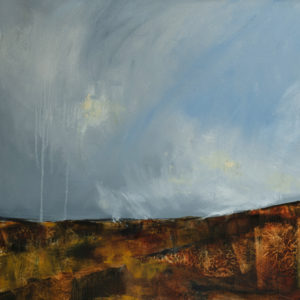Split Second
By Tanya Hayes Lee | December 9, 2020
As we slog through these long months of Covid and, now, the darkest time of the year when the ancient fear that the sun will disappear forever still lurks in some part of our brains, I am nonetheless reminded that everything can change—in a split second.
The text that says a grandchild has tested positive, the call that communicates the death of a friend too young, the violent windstorm that brings a hundred-year-old tree crashing down across the driveway.
A nanosecond, and the world is changed forever.
But the good thing about nanoseconds is that there are a lot of them.
Another brings the news that an election has been called, or the email reporting that a personal health scare was only that, or the report that the FDA has approved a vaccine that will help to see us out of this crisis.
A nanosecond is a split second, one billionth of a second. But why not a picosecond (one trillionth of a second) or a zeptosecond? In fact, a second—like almost anything else—theoretically can be divided into an infinite number of segments, and that gives us an infinite number of possibilities, an eternity of possibilities, an eternity of ways to survive the next few months until there is enough vaccine—and people willing to be vaccinated—to control Covid.
And in that split second, we can say that we have faced and conquered the most serious global health crisis of our lifetimes. We can mourn our dead, discover what we have learned, and move on even in a world that is changed forever.
Copyright © 2020 Tanya Hayes Lee
Tanya Hayes Lee is a visual artist who works primarily in oil on canvas in a modern abstract impressionist style. Her paintings convey the sublime in nature and are visual metaphors for our relationships to the world and to each other. Lee’s greatest inspirations include the nineteenth-century painters George Innes, J.M.W. Turner and John Constable. She studied studio art at the Mass College of Art, Scottsdale Artist School, and Northern Arizona University. See more of Tanya’s work at www.tanyahayeslee.com and follow on Instagram: @tanyahayesleeart.
